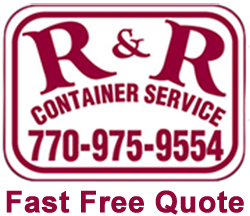A Short History of Waste Disposal in America
1657 New Amsterdam (now Manhattan) passes a law against throwing waste into the streets
1710 Virginia colonists bury their trash, which consisted of broken pottery & glass, building debris, old armor
1834 Charleston, West Virginia passes a law protecting vultures from hunters because they helped clean up trash
1866 New York City Metropolitan Board of Health forbids throwing of dead animals, garbage, or ashes into the streets
1894 Alexandria, Virginia citizens sink garbage barges on the Potomac River to dispose of waste
1904 The first aluminum recycling plants in the America are opened in Cleveland & Chicago
1920’s Refilling or “reclamation” of wetlands became popular & ushered in the era of landfills
1953 The American economy’s “ultimate purpose is to produce more CONSUMER goods.” Chairman of President Eisenhower’s Council of Economic Advisors
1965 The Solid Waste Disposal Act, the first federal solid waste management law, is enacted
1970 United States Environmental Protection Agency is created
1979 EPA issues landfill criteria that prohibit open dumping
1988 The EPA estimates that more than 14,000 landfills have closed since 1978, more than 70% of those operating at that time. The landfills were full, unsafe, or the owners declined to adhere to new standards
1990 140 recycling laws enacted in 38 states and the District of Columbia
1993 “We’re reminded a hundred times a day to buy things, but we’re not reminded to take care of them, repair them, reuse them, or give them away.” Michael Jacobson, Center for the Study of Commercialism

